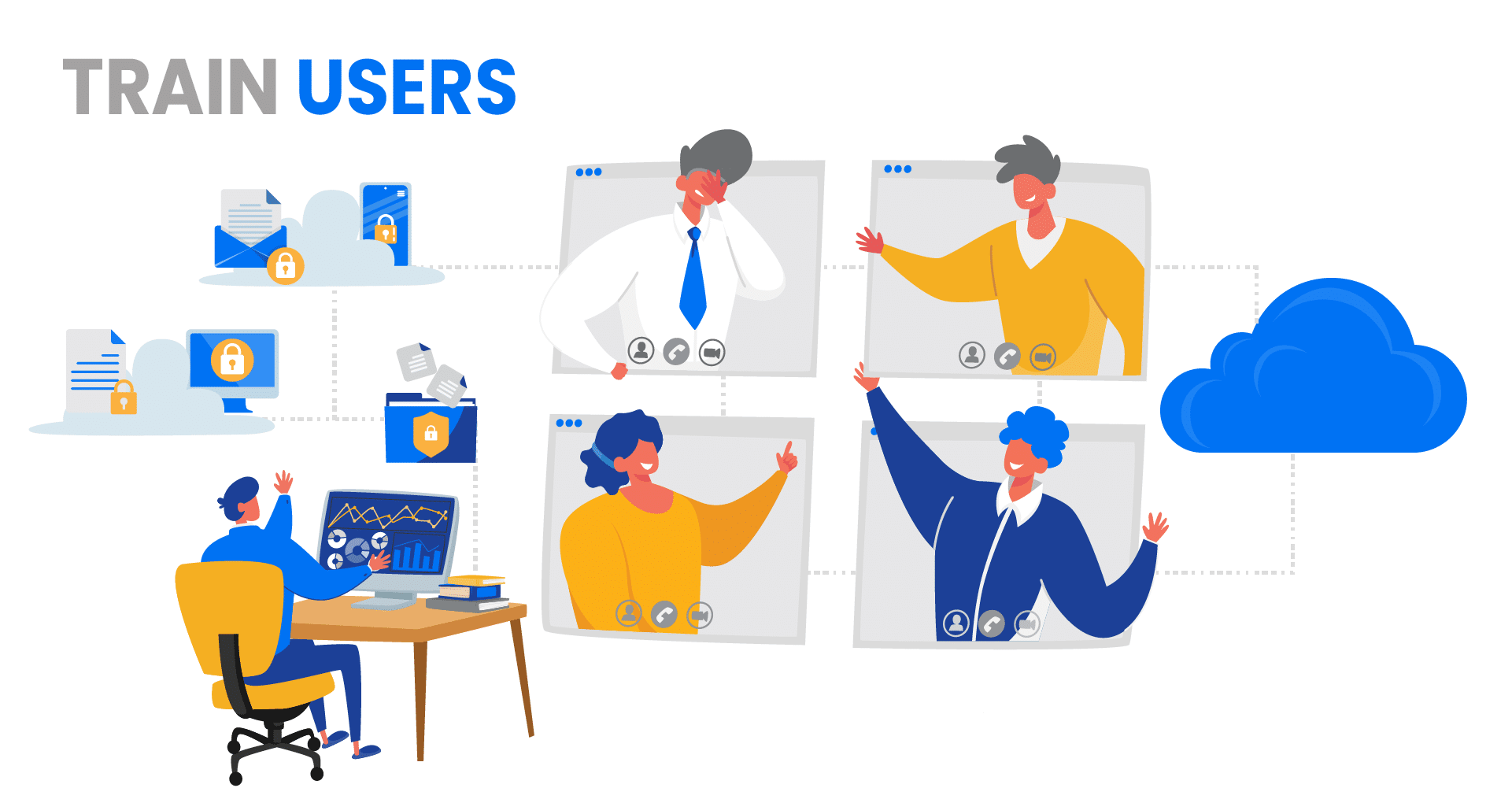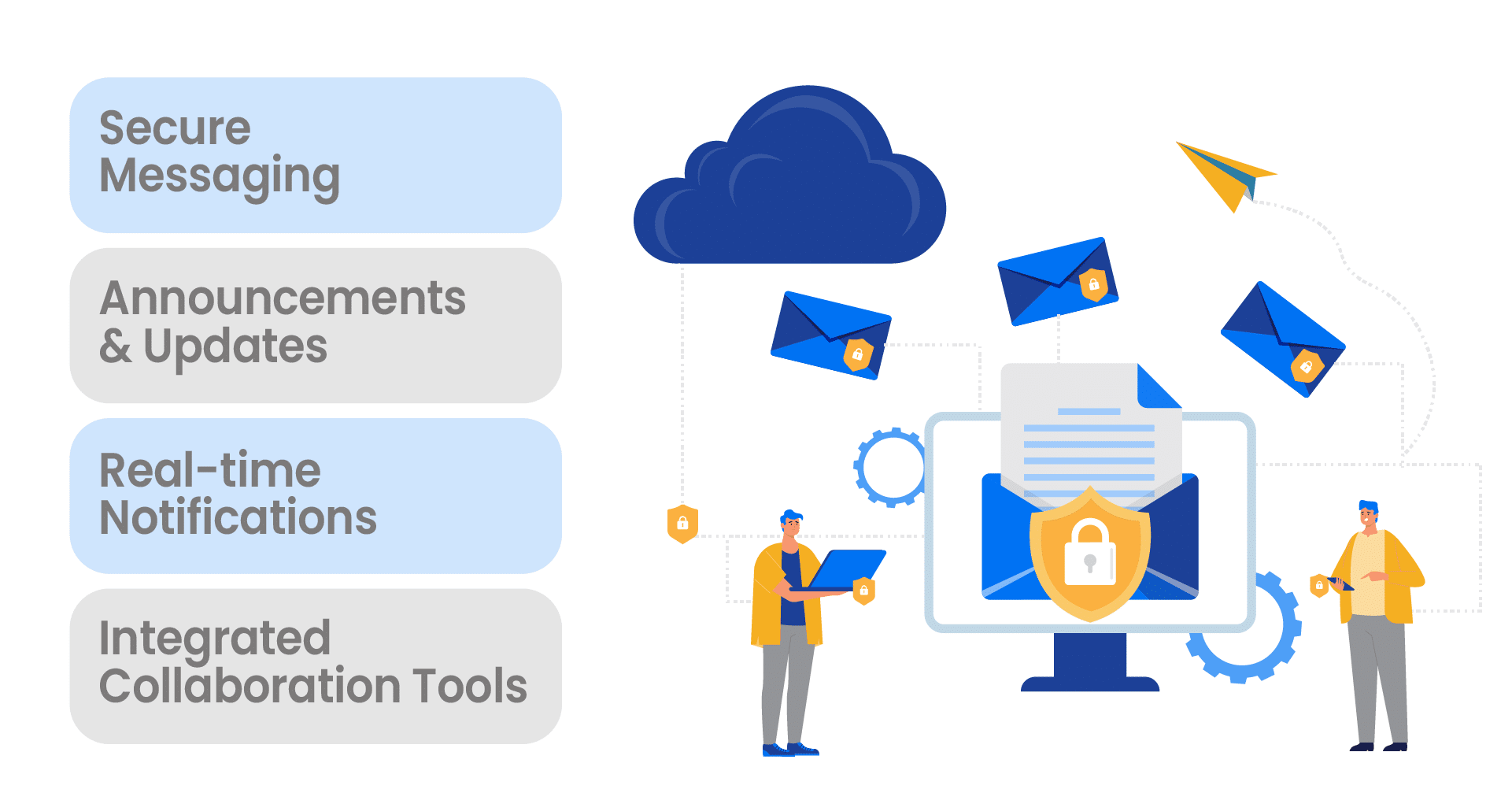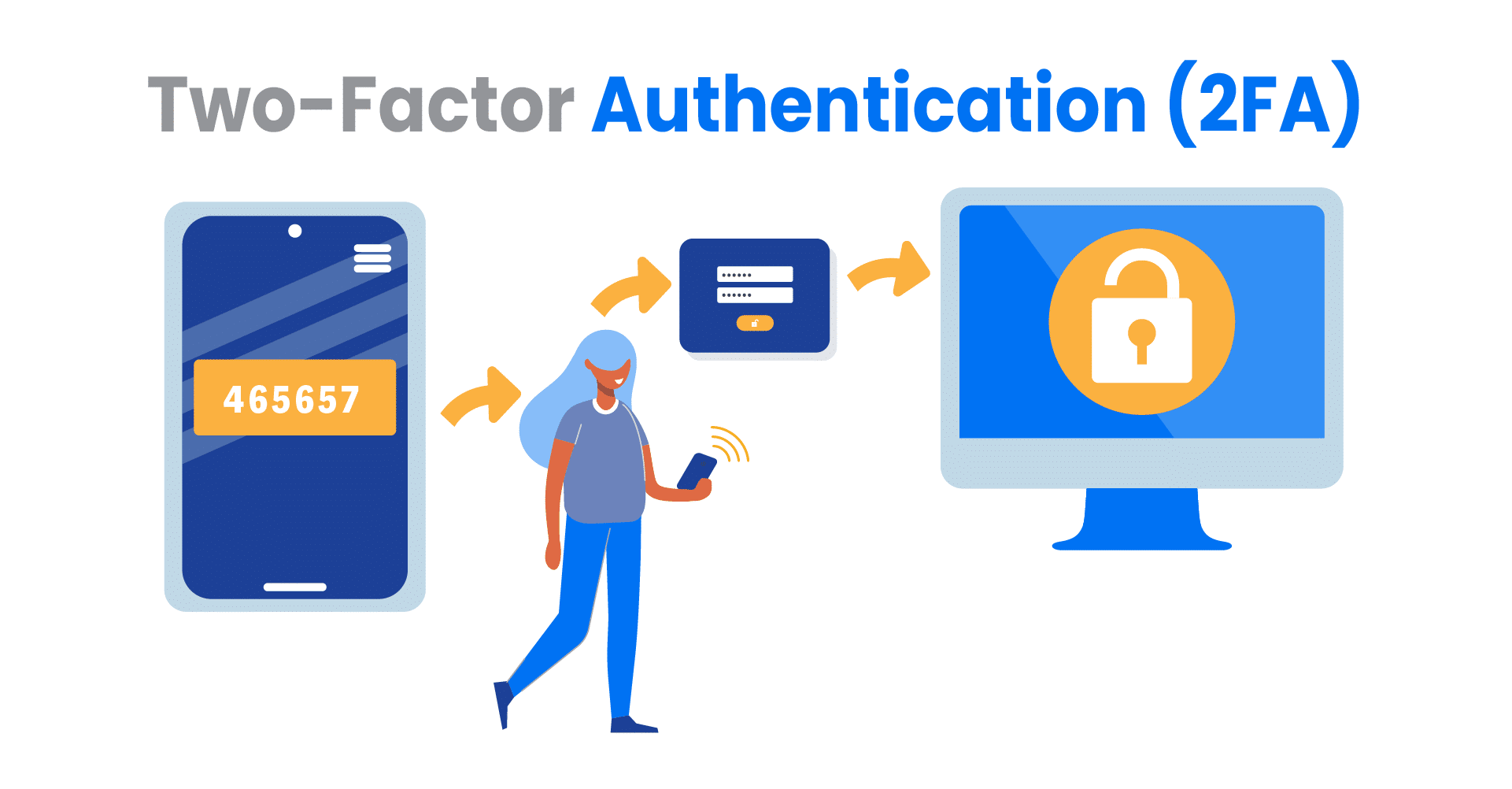In today’s digital age, information sharing and collaboration have become essential components of business operations. Virtual Data Rooms (VDRs) have emerged as powerful tools for securely managing and sharing sensitive documents with internal and external stakeholders. However, the effectiveness of a VDR heavily relies on how well the documents and folders within it are organized.
A well-organized VDR ensures efficient navigation, easy retrieval of information, and enhanced collaboration. Here we’ll explore best practices for organizing documents and folders in a modern virtual data room.
1. Plan Your Folder Structure
Before uploading any documents to your VDR, take the time to plan a well-thought-out folder structure. Consider the specific needs of your project or business and how users will interact with the documents. Start with high-level categories that align with the purpose of the VDR, and then break them down into subfolders as needed. A clear folder structure improves navigation and prevents confusion.
For instance, you might have top-level folders like “Financial Documents,” “Legal Contracts,” “Due Diligence Reports,” and so on. Within each of these folders, create subfolders that further categorize the documents.
2. Use Descriptive and Consistent Naming Conventions
Effective naming conventions play a crucial role in document organization. Use descriptive and consistent file names that provide a clear idea of the document’s content. Avoid generic names like “Document1” or “FinalVersion” as they can lead to confusion. Instead, include key details such as date, document type, and a brief description in the file name.
For example, a financial report could be named “2023_Q1_Financial_Report.pdf,” making it easy for users to identify the document’s relevance.
3. Utilize Metadata and Tags
Metadata and tags provide additional context to documents, making it easier to search and filter content. Assign relevant metadata such as document type, author, date, and project to each document. Additionally, use tags to label documents with keywords that reflect their content. This enables users to quickly locate documents using advanced search functions.
4. Set Access Permissions
Security is paramount in a virtual data room. Ensure that you set appropriate access permissions for each folder and document. Limit access to sensitive information to authorized individuals only. Implement role-based permissions so that different users have access only to the information relevant to their roles.
5. Regularly Review and Update
As your project or business evolves, the content within your VDR will also change. Periodically review the folder structure, document names, and access permissions. Remove outdated documents or folders that are no longer relevant to keep the VDR organized and efficient.
6. Provide Clear Instructions
Even with a well-organized VDR, users may still require guidance on how to navigate and interact with the documents. Include clear instructions or a user guide that explains the folder structure, naming conventions, and any other specific guidelines for using the VDR effectively.
7. Train Users
Educate users on the proper use of the VDR to ensure consistency in document organization. Provide training sessions or resources that demonstrate how to upload, categorize, and retrieve documents. When users are well-versed in the platform’s capabilities, it leads to smoother collaboration and improved efficiency.
Collaboration Features and Communication Tools of a Modern Virtual Data Room
The collaboration features and communication tools of modern virtual data rooms have redefined the landscape of business transactions and information sharing. By providing a secure, organized, and efficient platform for collaboration, VDRs empower organizations to make informed decisions, streamline processes, and safeguard sensitive data.
Collaboration Features of a Modern VDR
Granular Access Control: VDRs offer meticulous control over user permissions. Admins can assign varying levels of access to different users, such as view-only, download, edit, or print. This feature ensures that only authorized individuals can access specific documents and perform specific actions.
Document Versioning: During collaborative processes, multiple parties may contribute edits and changes to documents. VDRs keep track of document versions, allowing users to revert to previous versions if necessary. This feature aids in maintaining transparency and preventing data loss due to unintended changes.
Q&A and Discussions: Effective communication is vital in business transactions. Modern VDRs provide a platform for users to ask questions, seek clarifications, and engage in discussions directly within the platform. This real-time interaction minimizes delays in decision-making and ensures that all parties are on the same page.
Activity Tracking and Auditing: Collaboration within a VDR is not only about sharing documents but also about monitoring user activity. Advanced VDRs provide audit trails that track who accessed which documents, when, and what actions were taken. This feature enhances accountability and transparency.
Communication Tools of a Modern VDR
Secure Messaging: VDRs often include encrypted messaging features that allow users to communicate within the platform. This feature eliminates the need to rely on external communication tools for discussing sensitive matters related to the shared documents.
Announcements and Updates: VDR administrators can use the platform to broadcast important announcements and updates to all users. This is particularly useful during time-sensitive transactions, ensuring that everyone is informed promptly.
Real-time Notifications: Users can receive real-time notifications about document updates, new messages, or any relevant activities. This keeps all parties informed without requiring constant manual checking of the platform.
Integrated Collaboration Tools: Some VDRs integrate with popular collaboration tools like Microsoft Office 365 or Google Workspace, enabling seamless editing, commenting, and real-time collaboration on documents within the VDR environment.
Benefits of Modern VDR Collaboration Features and Communication Tools
The incorporation of robust collaboration features and communication tools into modern VDRs offers several benefits to businesses:
Enhanced Efficiency: Collaborators can work together remotely, reducing the need for physical meetings and postal exchanges. This expedites the decision-making process and accelerates transaction timelines.
Security and Compliance: By centralizing data storage and controlling access, VDRs maintain the highest level of security, mitigating the risk of data breaches. Additionally, audit trails contribute to regulatory compliance.
Transparency: Collaboration features and communication tools promote transparency among parties involved in a transaction. Every action is documented and traceable, fostering trust and accountability.
Cost and Resource Savings: Traditional physical data rooms involve significant expenses related to travel, printing, and document management. Modern VDRs eliminate these costs, making transactions more cost-effective.
Best Practices for Data Room Administrators
VDR administrators play a crucial role in ensuring the security, efficiency, and smooth operation of these virtual spaces. Here are some best practices for virtual data room administrators:
Admin Controls
Admin controls refer to the set of tools and permissions that administrators have over a virtual data room. These controls allow administrators to manage users, data, and permissions effectively. Some common admin controls include:
User Management: Admins can add and remove users, assign roles, and control access levels. Roles might include viewers, contributors, or administrators, each with varying levels of access.
Data Access Permissions: Administrators can set fine-grained permissions for different users or groups. This can involve limiting access to specific folders or files, allowing read-only or read-write access, and controlling download and printing capabilities.
Document Versioning: Admins can manage document versions, ensuring that only the latest, approved versions are accessible. This helps prevent confusion and ensures data integrity.
Access Expiry: Admins can set expiration dates for specific users’ access. This is particularly useful when sharing data for a limited period, such as during a due diligence process.
Watermarking and Document Protection: Admins can implement features like watermarking to discourage unauthorized sharing of documents. Watermarks can include user identifiers and timestamps.
Two-Factor Authentication (2FA): Admins can enable 2FA, adding an extra layer of security by requiring users to provide a second form of authentication in addition to their password.
Document Encryption: Ensure that all documents stored in the VDR are encrypted to protect against unauthorized access.
Data Retention Policies: Define clear data retention policies to determine how long documents should be stored in the VDR after a project’s completion.
Secure Deletion: Implement secure document deletion methods to prevent data from being recoverable after removal.
Tracking User Activity
Tracking user activity is essential for maintaining accountability, identifying potential security breaches, and ensuring compliance. Activity tracking involves recording and logging various actions taken by users within the virtual data room:
Login and Logout: Recording when users log in and log out provides insight into user activity patterns and helps detect any unauthorized access attempts.
Document Access: Logging when users access documents, along with details like the time and location, helps establish a record of who has interacted with which documents.
Document Downloads and Prints: Tracking when users download or print documents helps administrators monitor data distribution and usage.
Document Edits and Comments: Recording changes made to documents and any comments added can be important for collaboration and for understanding how information evolves.
Permission Changes: Tracking when permissions are altered helps maintain control over who can access what data.
Search Activity: Monitoring search activity can give insights into what users are looking for and potentially help in improving the organization of data.
Failed Login Attempts: Monitoring failed login attempts can indicate potential security threats or password-guessing attempts.
By combining robust admin controls with comprehensive user activity tracking, modern virtual data rooms offer a secure environment for sharing sensitive information while ensuring compliance with regulations and maintaining the integrity of the data being shared. These features are especially crucial in industries where confidentiality, security, and regulatory compliance are paramount.
Conclusion
A modern virtual data room is a powerful asset for secure document sharing and collaboration. Organizing documents and folders effectively within the VDR is crucial for maximizing its benefits. By following these best practices, you can create a structured and user-friendly environment that enhances productivity, information retrieval, and overall collaboration among stakeholders. Remember that a well-organized VDR not only saves time but also contributes to the success of your projects and business endeavors.
ShareVault has been providing organizations of all types and sizes with secure document-sharing solutions for over 15 years.










